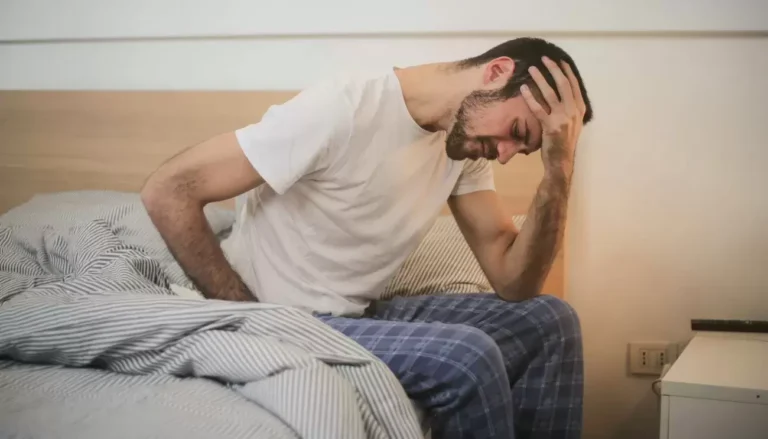Demographics
According to the United States Census Bureau:
- In 2020, the percentage of people who reported multiple races changed more than all of the single race groups, increasing from 2.9% of the population (9 million people) in 2010 to 10.2% of the population (33.8 million people) in 2020.
- The largest multiracial combinations in 2020 were white and “some other race” (19.3 million), white and American Indian and Alaska Native (4 million), white and Black or African American (3.1 million), white and Asian (2.7 million), and Black or African American and “some other race” (1 million).
- Between 2010 and 2020, the white and “some other race” population added 17.6 million people to the multiracial population, a change of over 1,000%.
- The white and American Indian and Alaska Native population increased between 2010 and 2020, growing by about 2.5 million people, or 177%.
- The white and Black or African American population increased between 2010 and 2020 by 1.2 million people, a 67.4% change.
- The white and Asian population increased between 2010 and 2020 by 1.1 million people, a 65.8% change.
- The Black or African American and “some other race” population increased between 2010 and 2020 by 722,383 people, a 230% change.
Prevalence
According to the Substance Abuse and Mental Health Services Administration’s (SAMHSA’s) National Survey on Drug Use and Health:
- 35.2% of multiracial adults had a mental health condition within the past year
- 11.8% of multiracial adults experience a serious mental illness within the past year
- 12.5% of multiracial adults experienced a co-occurring substance use disorder in addition to a mental health condition
- 28.6% of multiracial adults received mental health treatment within the past year
- 16.4% of multiracial adults experienced a major depressive episode within the past year
- 9.3% of multiracial adults had serious thoughts of suicide within the past year
- 2.9% of multiracial adults made plans for suicide within the past year
The American Psychiatric Association reports:
- 25% of people identify as being two or more races with mental illness.
- People who identify as being two or more races are most likely to report any mental illness within the past year than any other race/ethnic group.
Other
According to Mental Health America’s 2023 State of Mental Health In America report:
- 11% of adults who identified with two or more races reported serious thoughts of suicide in 2020, 6% higher than the average among all adults.
- Rates of a severe major depressive episode were highest among youth who identified as more than one race.
According to the 2020 United States Census Bureau:
- The multiracial population in the U.S. had the youngest median age (29.5) of all racial groups. The most common age was 12 with more than 663,000 people this age.
- The population that reported “multiple races” grew faster than all other racial groups in 2020.
Take a mental health test
 If you or a friend are struggling with your mental health, take an anonymous, free, and private mental health test. It only takes a few minutes, and after you are finished, you will be given information about the next steps you can take based on the results.
If you or a friend are struggling with your mental health, take an anonymous, free, and private mental health test. It only takes a few minutes, and after you are finished, you will be given information about the next steps you can take based on the results.
If you or someone you know is struggling or in crisis, help is available. Call or text 988 or chat 988lifeline.org. You can also reach Crisis Text Line by texting HOME to 741741.


